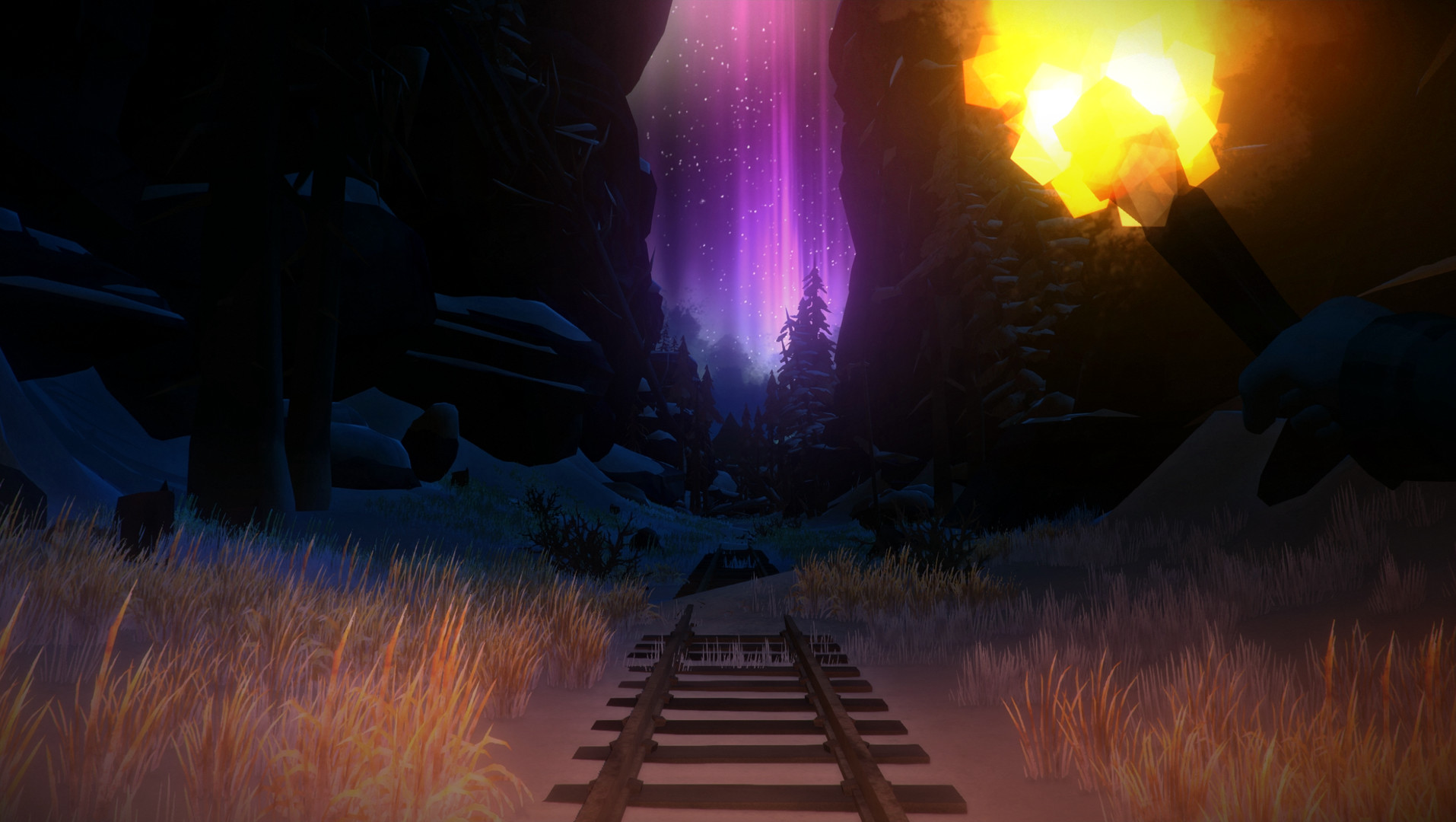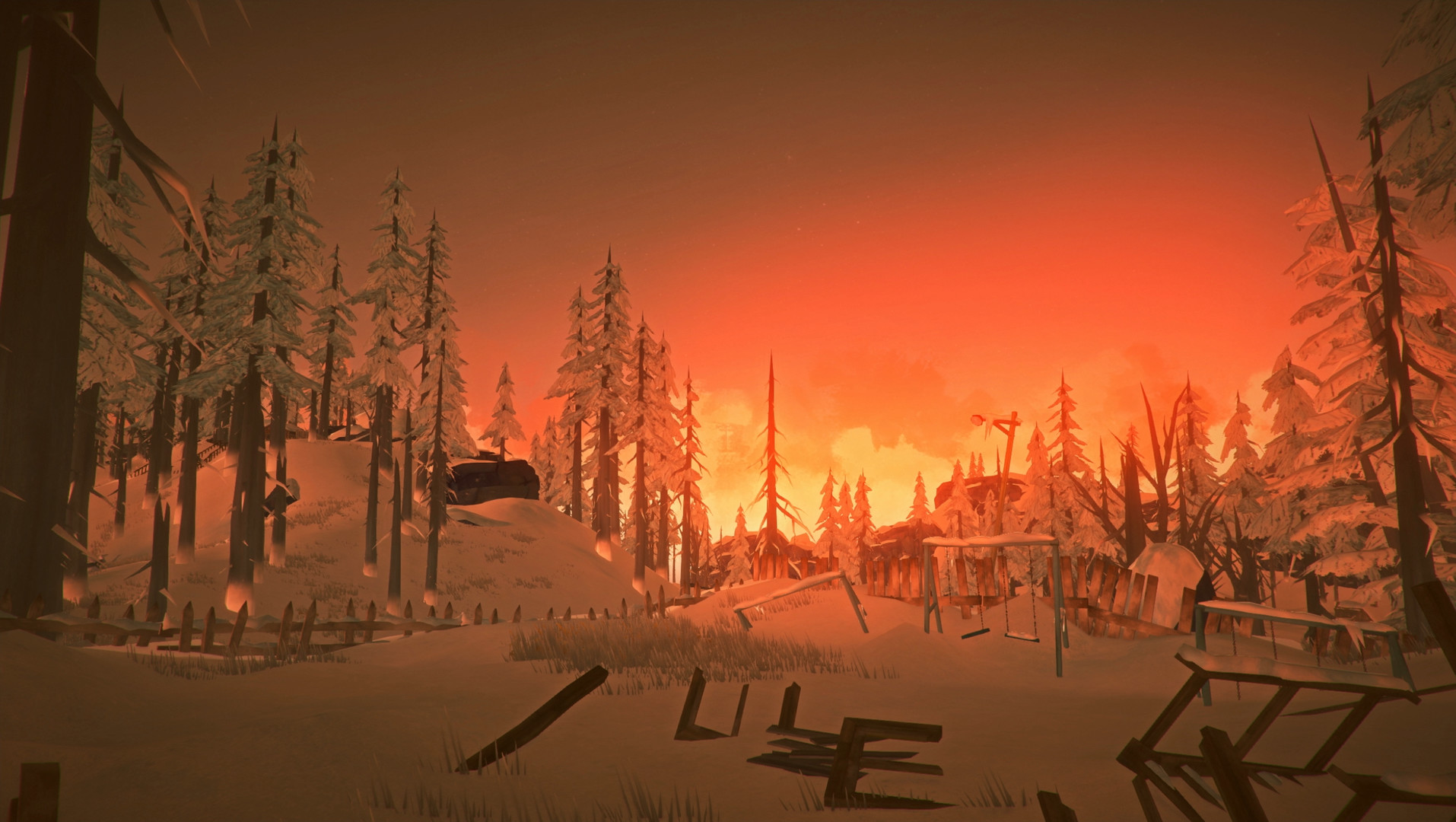‘The Long Dark’ Is a Video Game Where the Main Character Is the Wilderness
Credit to Author: Matthew Gault| Date: Fri, 27 Oct 2017 13:00:00 +0000
This story is part of OUTER LIMITS, a Motherboard series about people, technology, and going outside. Let us be your guide.
My first night in the cabin, I used a match to light my way from a chest of drawers to a bed. It hurt. I didn’t have many matches to spare, but it had gotten so dark so fast that I couldn’t see far enough in front of me to find a bed and lay down. The wind howled outside the wooden walls. I thought I heard wolves in the distance, their voices carried on the wind. They were just as hungry as I was, but far better equipped for the harsh frozen landscape of the Canadian hinterlands.
I shouldn’t be here. I was traveling overhead in a small bushmaster plane when a geomantic storm hit. I survived the crash, but I may not survive the night. I’ve only got 11 matches left and no idea how to start a fire once they’re gone. I’ve got no gloves and my fingers are turning a strange color, but that’s OK. I can’t even feel them anymore.
This is The Long Dark, a first-person survival video game that pits players against the great outdoors. In this stylish and beautiful nightmare, which dumps players into the Canadian wilderness and asks them simply to survive, there’s no guide and no helpful hints. Just trial, error, and hungry wolves.

I’m a city slicker from the South. Spooky swamps and foreboding forests have surrounded me my entire life and the people and creatures that inhabit them have long been the stuff of local legend. The outdoors terrifies me. Playing The Long Dark filled me with existential dread.
More than any other game I’ve played—and especially any survival game— The Long Dark gives the environment a personality. The player isn’t living off the land as much as they are exploiting it to cheat death. You feel like a stranger in a strange land, an intruder who doesn’t belong. It’s a feeling the game’s creator, Raphael van Lierop, knows well, even if he doesn’t see his game as one of horror and suffering.
When he first conceived of The Long Dark, he and his wife had just moved from Vancouver to a small town at the foot of a mountain chain. He spent a lot of time walking through the woods and meditating on the forest.
“That time spent in the quiet woods allowed me to be introspective,” he told me over email. “Both in terms of understanding the kind of experience I wanted to make, and how the visceral aspects of walking through the woods—what you see, what you hear, how you feel present and sometimes like an intruder. That’s…a big part of why The Long Dark turned out as it did, to be so much an experience of simply walking through the wilderness and trying to understand your place in it.”
The Long Dark is a survival game with personality. Steam is filled with hundreds of survival games and a lot of them take place in the woods. But the ones that last give the player something extra. The Long Dark evokes mixed feelings of dread and beauty in large part because of the art direction and soundscape. “The game has a very unique painterly style that evokes the kind of introspective feelings I was talking about,” Lierop said. “Weather, sunsets, and the landscapes themselves. The game can be like playing a painting at times.”
The game looks gorgeous and evokes feelings of emptiness as well as beauty, but the sound design truly makes it shine. Walking through a ravine and hearing wolves snarling behind you sounds completely different than wolves chasing you over a frozen lake. Everything from the crunch of the boots on snow, to the reverberation of the wolf snarls off the canyon walls is unique.
“The soundscape does more than half the work…to bring the wilderness to life,” Lierop said. “We spent a lot of time and energy getting footsteps right—every material, every type of footwear in the game, produces a slightly different footstep. Wind sounds [differ] whether you are near the coastline, or at high altitudes, or in an open field versus a rocky ravine.”
Read more: The Video Game Based on Thoreau’s ‘Walden’ Will Bring You Closer to Nature
That soundscape struck me the first time I played the game. It made my brief time in the wilderness slightly more pleasant. Playing on survival mode, I scavenged all the food from nearby cabins then slowly starved and froze to death before I figured out how to make a fire or find more food.
The land giveth and the land taketh away.
“Survival Mode is really a game of trial-and-error,” Lierop told me. “And while we hope it’s intuitive for players, there can be a steep learning curve to understand how all the elements work together. So the general pattern is that people run into the game thinking it’s a conventional experience and don’t often realize how much the game isn’t thinking for them. It can be a jarring experience—a lot of people hit a wall when they realize it’s going to take some effort to figure out how to survive.”
I absolutely hit that wall and suffered through a few painful playthroughs of gorging, freezing, and starving before I began to figure out how to make fire and cook. Then, the game opened up to me.
“Patience is rewarded,” Lierop added. “Our Condition system means players have to be constantly on the lookout for resources, and have to monitor their own capabilities to remain strong enough to continue surviving, and they quickly learn that everything they need is ‘out there’ provided they can find it and get to it in time.”
That push and pull is fascinating. You need things from nature, but nature is also cruel. “There’s this sense of constantly needing to search, to move, and that drive puts the player at odds with the environment itself,” Lierop told me.
I didn’t always enjoy my time with The Long Dark. Learning how to make a fire and stave off hypothermia was an amazing feeling. Wandering too far from camp and getting eaten by wolves, repeatedly, was not.

“I’m not sure any of The Long Dark is fun,” he told me. “We try to make our game compelling by making it a puzzle that the player wants to solve. If they fail, hopefully they feel the failure was fair and they learned something that will help them survive longer next time.”
The Long Dark also gives you time to think. “It’s hard to find a quiet corner in our noisy world right now,” Lierop told me. “And, I think facing your own mortality, on your own terms, is oddly compelling.”
For me, a city slicker, Lierop’s game is a horror game. He doesn’t see it that way. “I guess maybe people equate vulnerability with horror games, so maybe that’s where the comparisons come from,” he told me. “Maybe people are scared to be alone with only their own thoughts for company. I prefer to think of the emotion as ‘awe’ versus ‘horror’…an emotion that comes from recognizing your insignificant place in the universe around you. I think that can be deeply unsettling for people. But, I think The Long Dark can sometimes act like a mirror—what you see coming out of it depends on who’s looking in. You see horror. I see majestic beauty. Maybe they’re the same thing, in the end.”